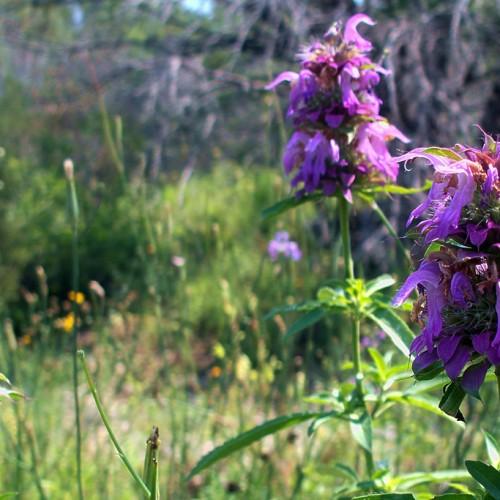
lemon mint
Monarda citriodora
Cycle:
Annual
Watering:
Minimum
Hardiness Zone:
2 - 11
Flowers:
Flowers
Sun:
Full sun,part shade
Leaf:
Yes
Growth Rate:
Low
Maintenance:
Low
Drought Tolerant:
Yes
Salt Tolerant:
Yes
Care Level:
Medium
watering
Lemon mint plants should be watered when the top inch of soil is dry. Water thoroughly until the soil is saturated and then let the soil dry out once more before watering again. It is best to water in the morning or early evening, as this will reduce the risk of the plant being in excess moisture during the hottest periods of the day. During the hottest months of the year (typically June to August) the use of mulch can help conserve soil moisture. Lemon mint should be watered deeply and infrequently to avoid root rot, but they should not dry out completely between waterings either.
sunlight
Lemon mint (Monarda citriodora) should be planted in areas of the landscape that get full sun for at least 6 to 8 hours each day. While it prefers long days of bright sunlight, it can tolerate part shade in cooler climates. It should be grown in a location that offers ample air circulation to prevent fungal diseases and other pest problems. During periods of extreme heat, afternoon shade may be beneficial.
pruning
Lemon mint (Monarda citriodora) should be pruned 2 to 3 times a year. Pruning the plant helps maintain its shape and encourages healthy growth. To encourage maximum growth and robust flowering, prune in the late spring (May or June). Pruning in the late spring helps remove any dead or wilted stems that may have occurred during the winter, leads to healthier growth throughout the growing season, and encourages bushy, well-rounded growth. In the mid-summer (July or August), lightly prune any weak stems in order to shape the plant and control its size. Finally, late in the fall (September or October), prune the plant to remove any perennials and diseased stems. For each pruning session, remove no more than a third of the plant's growth to ensure that the plant does not experience significant shock.
